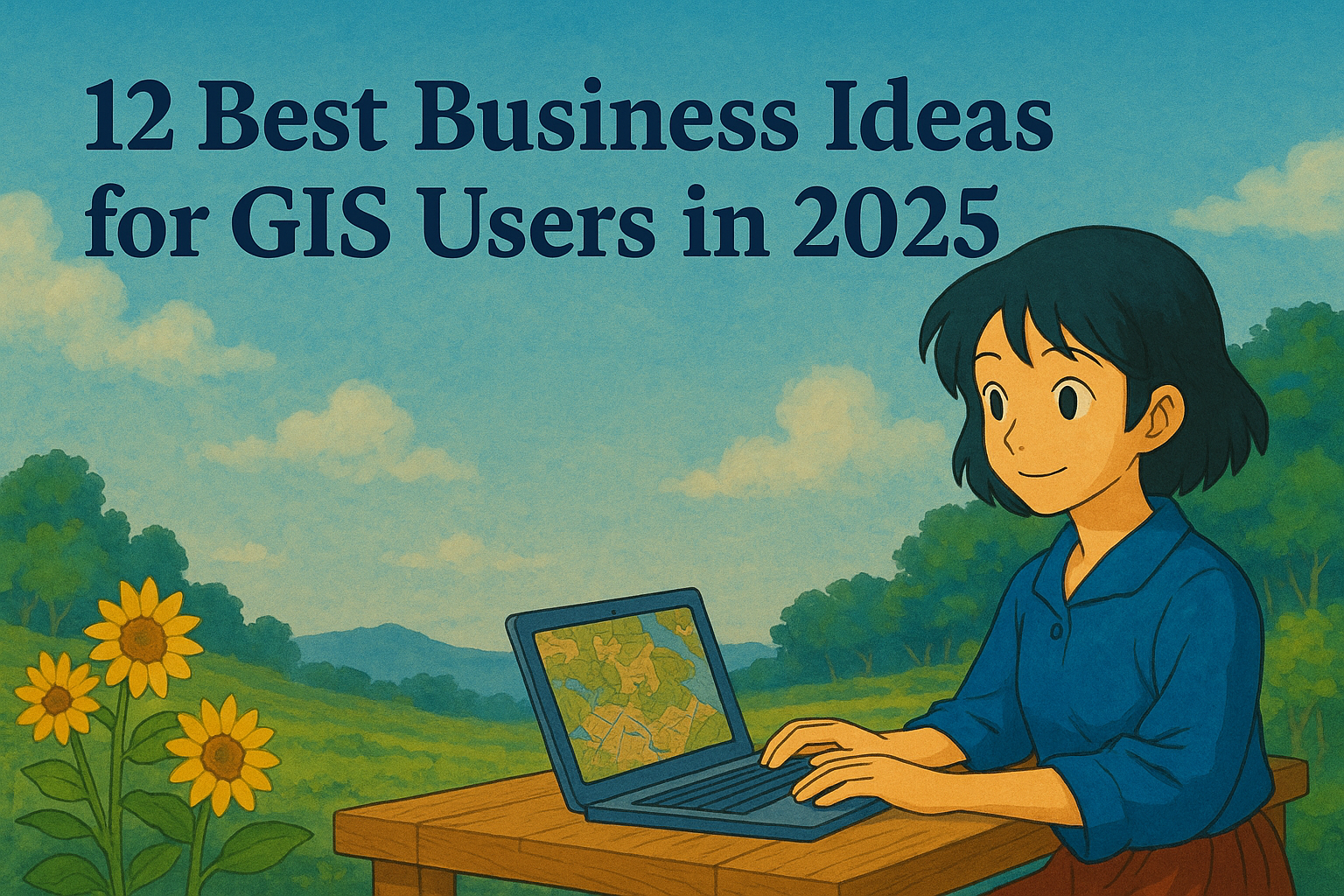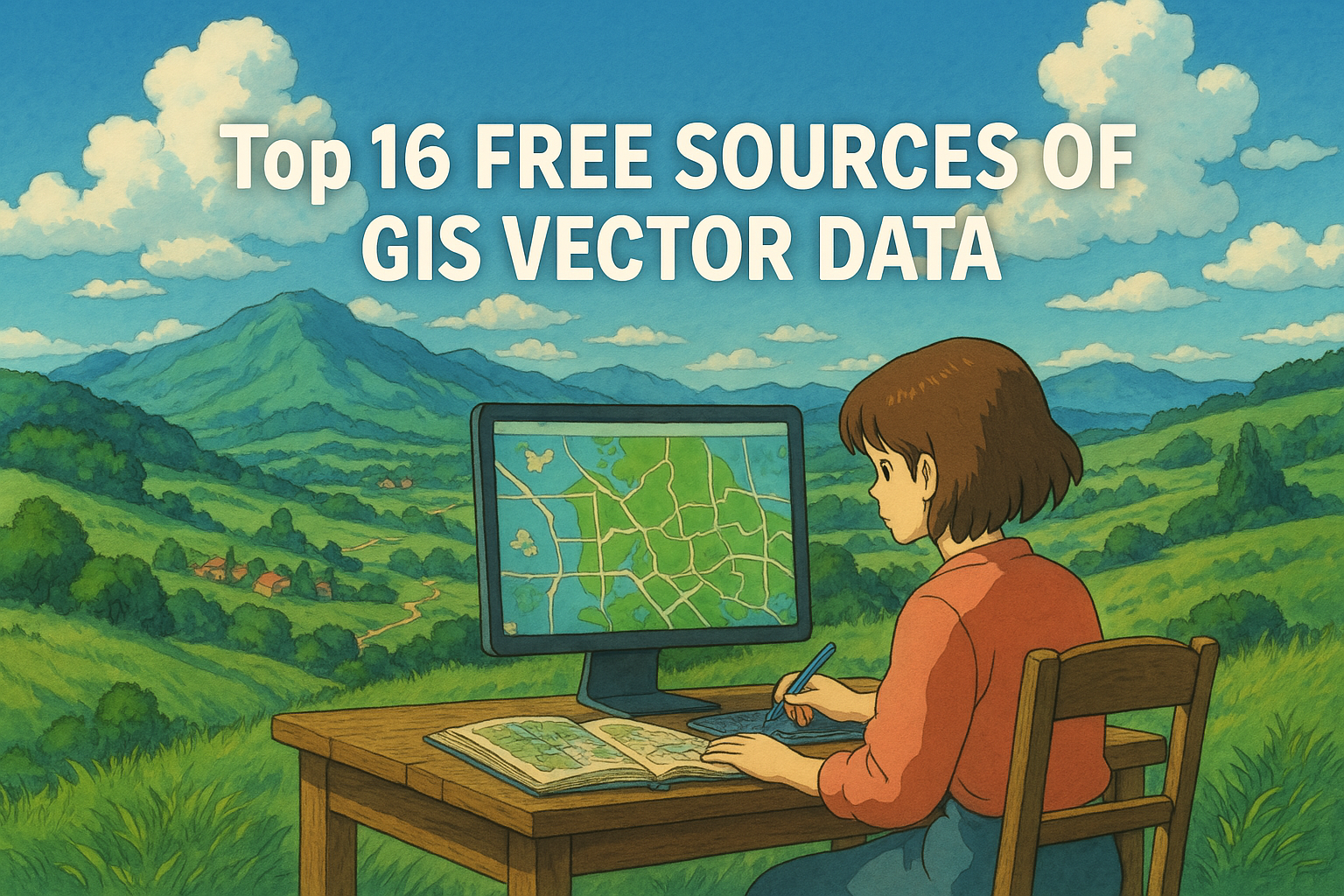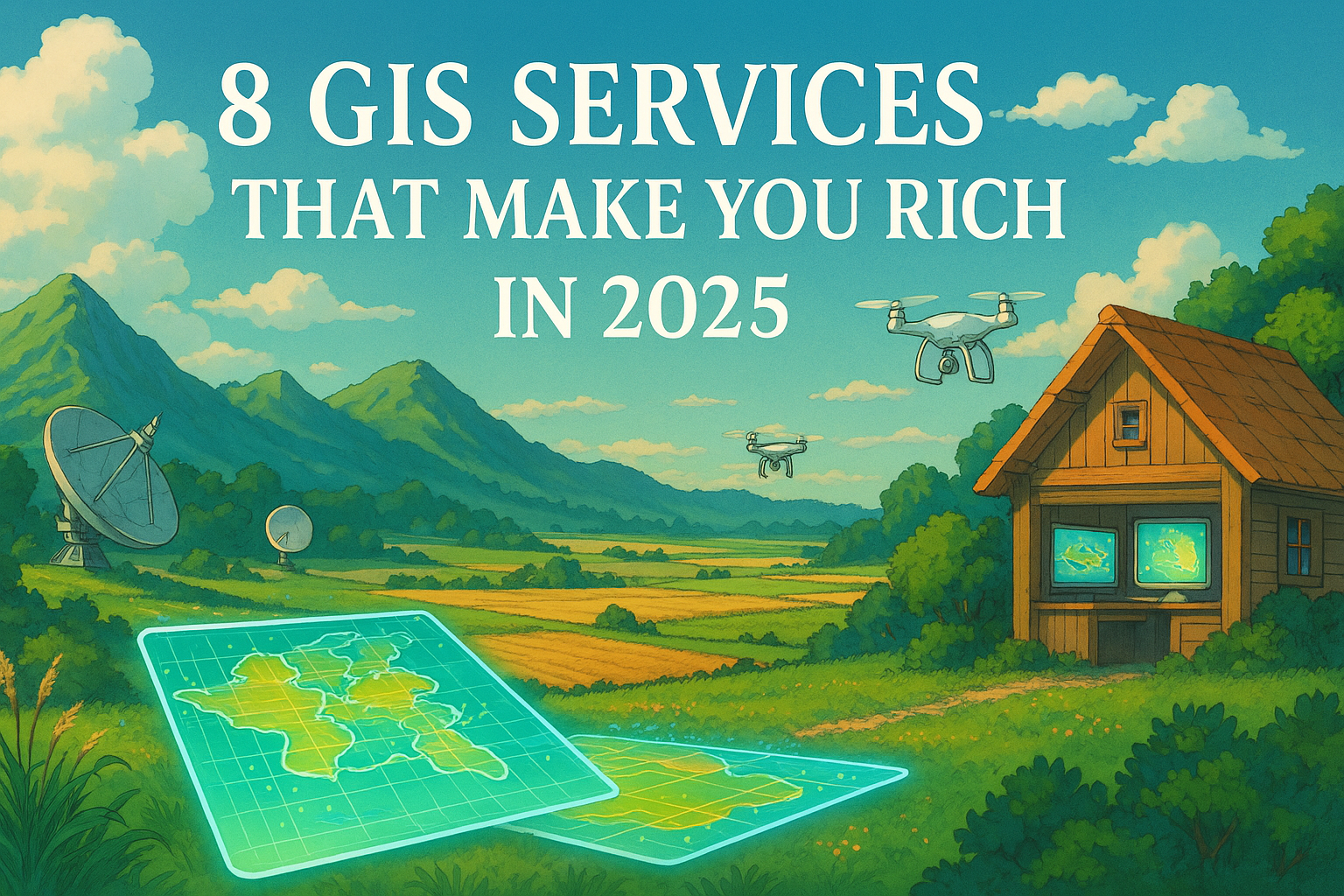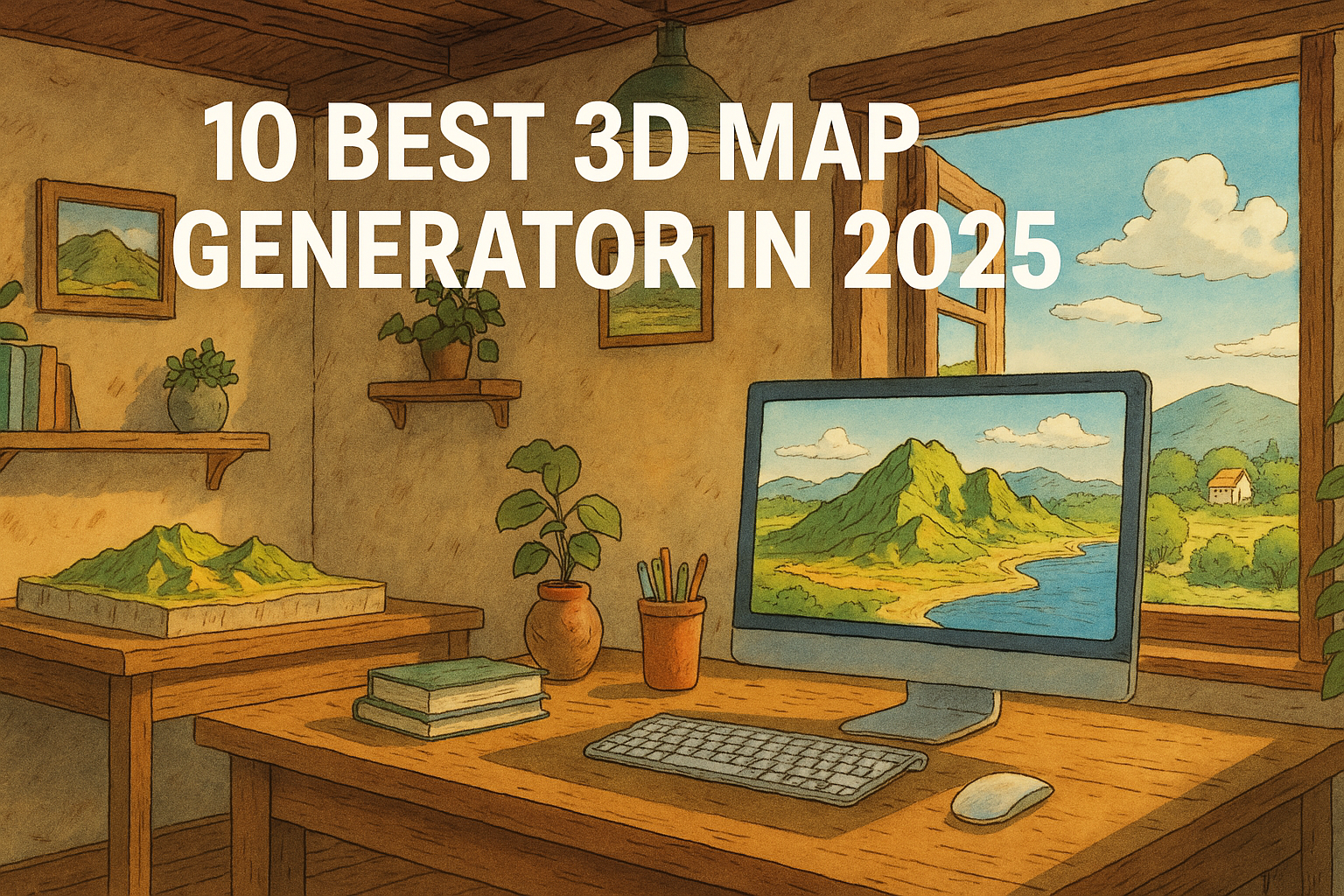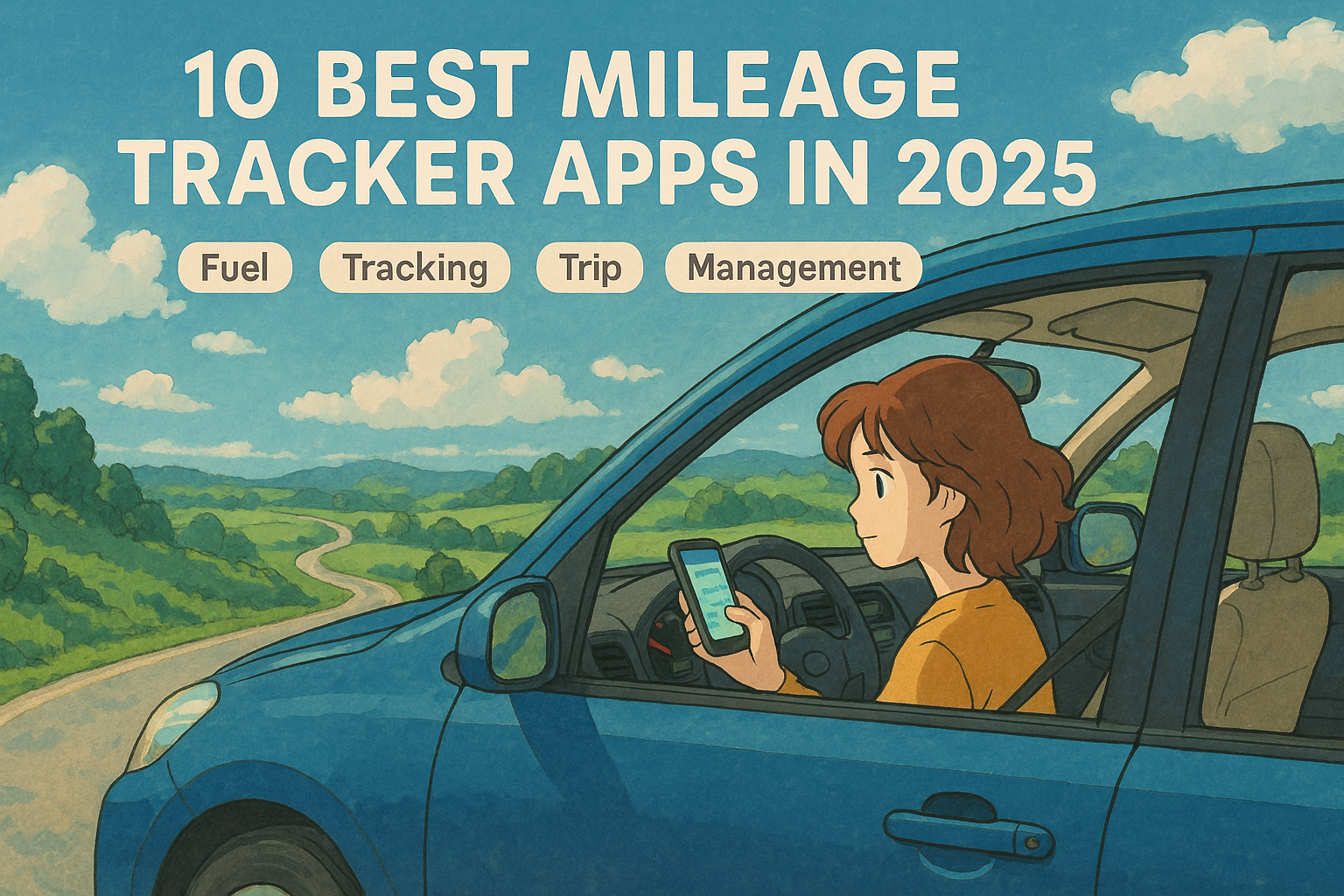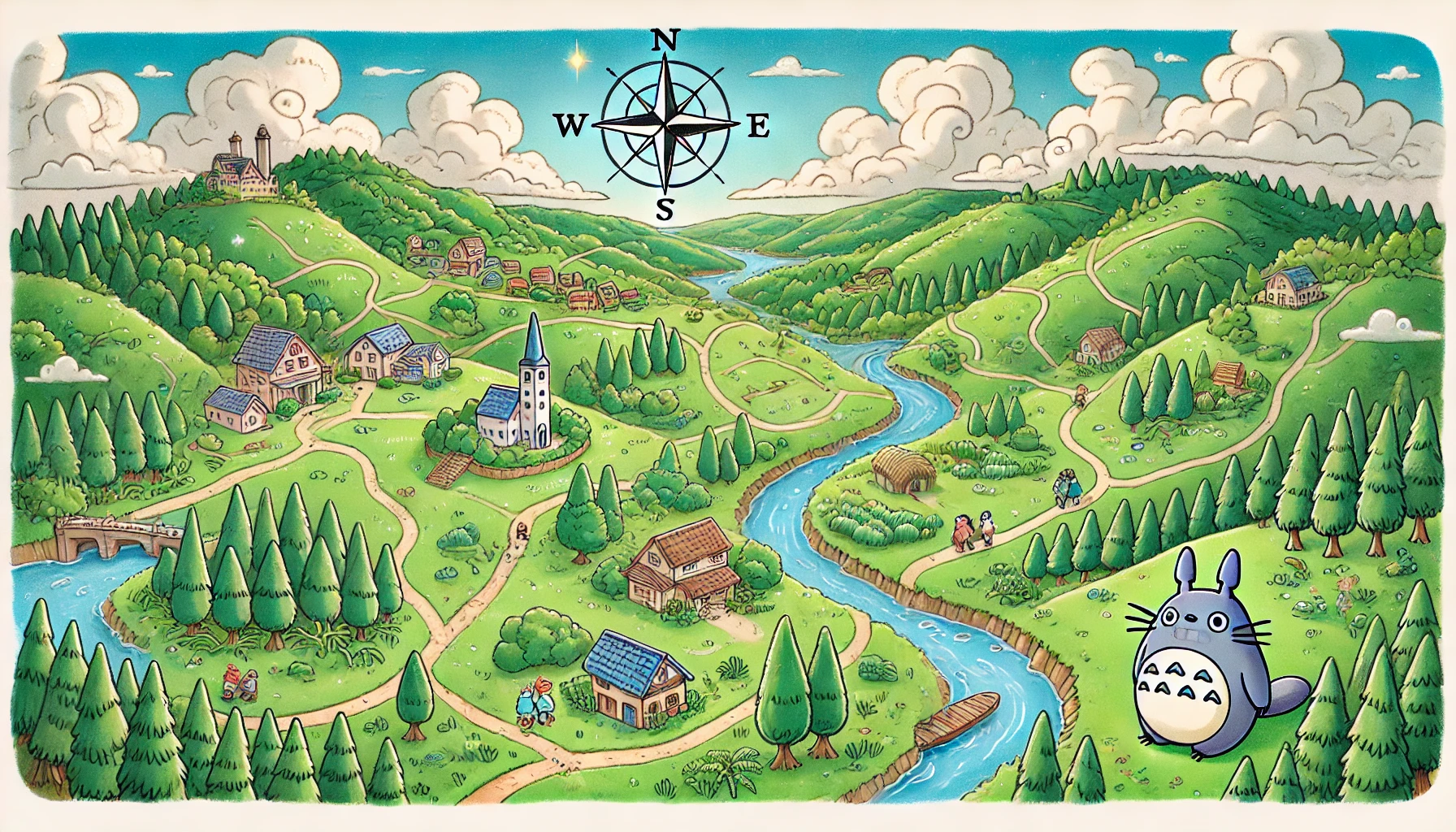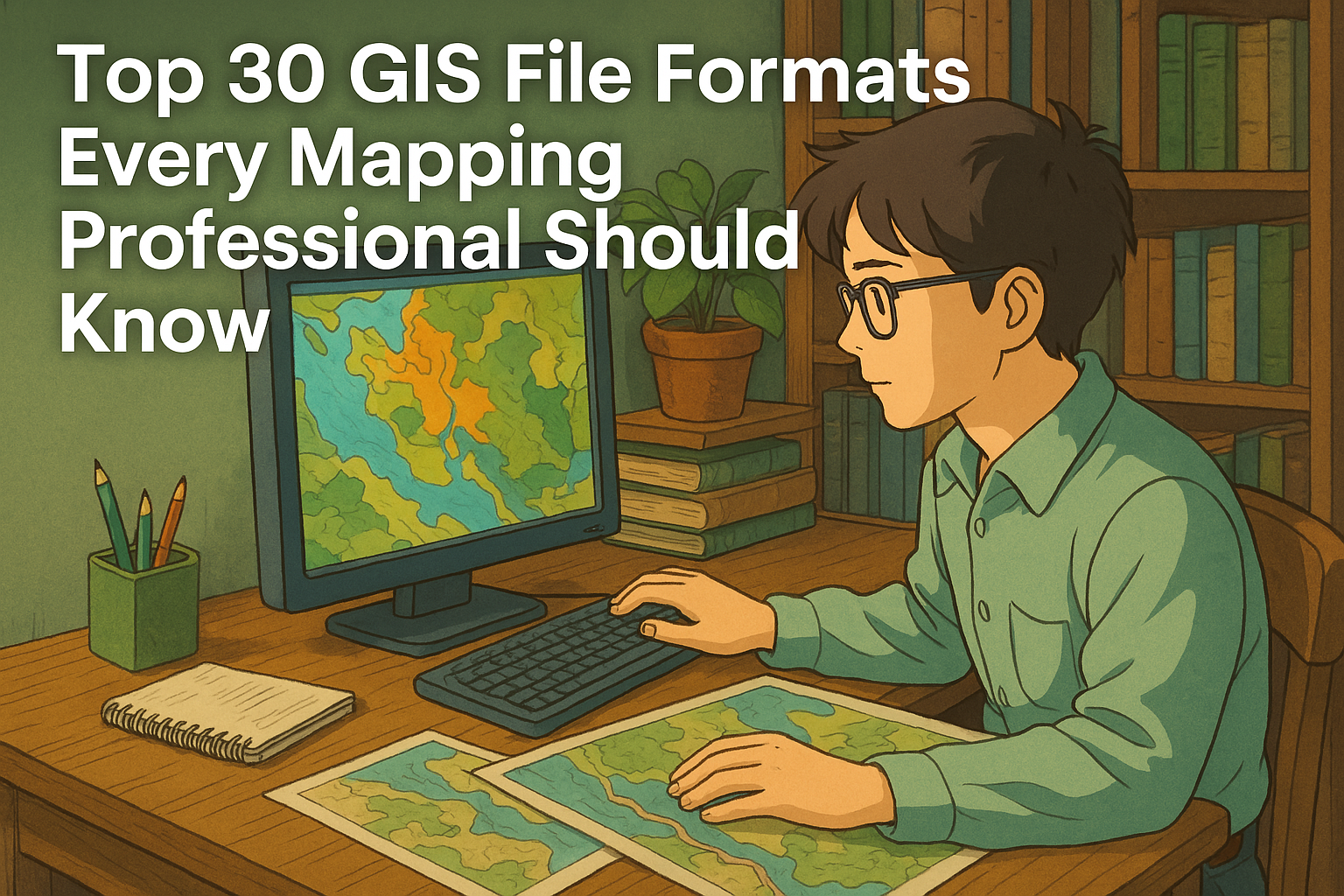12 Best Business Ideas for GIS Users in 2025
Are you a GIS professional looking to start your own business in 2025? With geospatial technology advancing rapidly and its applications expanding across industries, now is the perfect time to turn your GIS skills into a profitable venture. Whether you’re a recent graduate or an experienced surveyor or analyst, there are countless opportunities to monetize your expertise. In this blog post, we’ll explore the 12 best business ideas for GIS users in 2025—ranging from location intelligence startups to drone-based services. Let’s dive in! 12 Best Business Ideas for GIS Users 1. Drone Mapping and Survey Services As technology advances and the demand for accurate, high-resolution geospatial data increases, drone mapping and survey services have emerged as one of the most promising GIS-related business opportunities in 2025. This field leverages unmanned aerial vehicles (UAVs) to collect aerial imagery and spatial data, which can be processed into valuable insights for various industries. 🌍 Why It’s a Great Business Idea Industries such as agriculture, construction, mining, real estate, and environmental monitoring require up-to-date and precise geospatial information. Traditional surveying methods can be time-consuming, labor-intensive, and expensive. In contrast, drones offer a faster, safer, and more cost-effective solution with impressive accuracy—especially when equipped with RTK (Real-Time Kinematic) GPS systems. ✨ Services You Can Offer Land SurveysProvide boundary mapping and land assessment for landowners, developers, and government agencies. Topographic MappingCreate detailed topographical maps showing elevation, terrain features, and surface models. Essential for construction, civil engineering, and urban planning. 3D Modeling and PhotogrammetryUse drone imagery to create 3D point clouds and textured models of buildings, landscapes, and infrastructure. Infrastructure InspectionsOffer regular aerial inspections for solar panels, wind turbines, pipelines, power lines, roads, and bridges. Drones minimize human risk and reduce inspection costs. Precision AgricultureUse drones with multispectral sensors to help farmers monitor crop health, irrigation levels, and pest infestations. Disaster Assessment and MonitoringProvide rapid post-disaster surveys to aid in emergency response and insurance claims. ✅ What You Need to Get Started Certification & Licensing:Most countries require drone pilots to be certified (e.g., FAA Part 107 in the U.S.). Always check your local aviation authority’s requirements. High-Quality Drone with RTK GPS:Invest in a professional drone like the DJI Phantom 4 RTK, Mavic 3 Enterprise, or DJI Matrice series, which provide precise georeferencing. GIS & Processing Software:Use tools like Pix4D, DroneDeploy, Agisoft Metashape, or QGIS to process drone data into usable maps and 3D models. Insurance and Compliance:Protect your business with drone liability insurance and comply with privacy laws regarding aerial data collection. 2. Geospatial Data Visualization and Dashboarding In an era dominated by data-driven decisions, geospatial visualization has become a powerful tool to communicate complex spatial information quickly and clearly. In 2025, as organizations increasingly rely on location intelligence, there’s a booming demand for interactive dashboards and map-based analytics. By starting a business in geospatial data visualization and dashboarding, you help clients make better decisions using real-time, location-based insights. 🌍 Why It’s a Great Business Idea Modern organizations—whether public or private—are overwhelmed with data. But raw data doesn’t drive action—insights do. That’s where GIS professionals come in. By turning spatial data into interactive maps, charts, and dashboards, you create meaningful visuals that support smarter, faster decision-making. Visual dashboards have become especially popular in sectors like urban development, supply chain management, climate monitoring, health surveillance, and emergency response. ✨ Services You Can Offer Customized GIS DashboardsCreate interactive dashboards for web and mobile using ArcGIS Dashboards, Mapbox, or Leaflet. Help clients monitor key metrics in real time, like traffic congestion, population density, or emergency response. Data Storytelling & ReportsTurn complex spatial datasets into easy-to-understand story maps or Tableau visualizations for presentations, investors, or stakeholders. Real-time Data IntegrationIntegrate live feeds like weather, traffic, satellite imagery, IoT sensor data, etc., to enhance monitoring systems. Spatial Analysis ReportsDeliver clear, visual reports of your GIS analyses—such as heatmaps, clustering, site suitability, or proximity analysis—with infographics and dynamic content. 🎯 Ideal Client Sectors Urban Planning DepartmentsAssist cities and municipalities in visualizing zoning, land use, green infrastructure, and smart city plans. Disaster Management AgenciesCreate real-time dashboards for tracking floods, earthquakes, forest fires, or other emergencies—critical for decision-makers and public communication. Logistics and Supply Chain CompaniesHelp optimize delivery routes, track fleet movements, and visualize service areas using live location data. Environmental OrganizationsBuild dashboards that track deforestation, water quality, wildlife migration, or pollution in real time. Healthcare & EpidemiologySupport public health authorities in tracking outbreaks, vaccination coverage, or healthcare access through geospatial dashboards. 🛠️ What You Need to Get Started Software Skills:Get proficient with tools like: ArcGIS Online / ArcGIS Experience Builder QGIS + plugins Tableau (with geospatial extensions) Power BI (with GIS integrations) Kepler.gl, Leaflet, or Mapbox Data Sources:Leverage public and private geospatial data sources—like OpenStreetMap, government open data portals, or remote sensing platforms. Design Skills:Learn data storytelling, UX/UI design, and how to tailor visuals for non-technical stakeholders. 3. Location-Based Market Analysis In today’s competitive world, “where” matters just as much as “what.” Whether a retail chain is planning a new store, a real estate developer is evaluating investment hotspots, or a city is zoning for future growth—location-based market analysis is key. As a GIS expert, you can turn spatial data into powerful business intelligence. By offering location intelligence services, you help clients uncover geographic patterns, consumer behaviors, and strategic opportunities that would otherwise go unnoticed. 🌍 Why It’s a Great Business Idea Every business needs to know: Where their customers are Where competitors are located Which areas are growing What neighborhoods are underserved With your GIS skills, you can provide these insights using maps, spatial analysis, and demographic data. As industries become more data-centric in 2025, location-based market analysis will be essential for data-driven planning and growth. ✨ Services You Can Offer Site Selection AnalysisHelp businesses choose the best locations for their outlets or offices by analyzing: Customer density Accessibility Traffic flow Nearby amenities Zoning regulations Proximity to competitors Competitor MappingUse spatial data to visualize and analyze where competitors are located and how they influence market coverage. Identify underserved areas and expansion opportunities. Demographic … Read more
